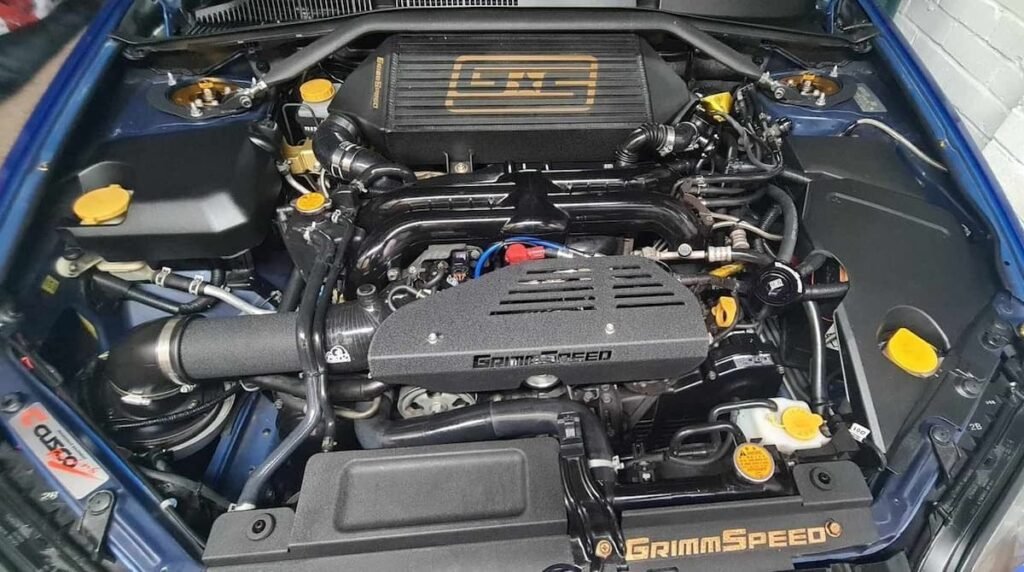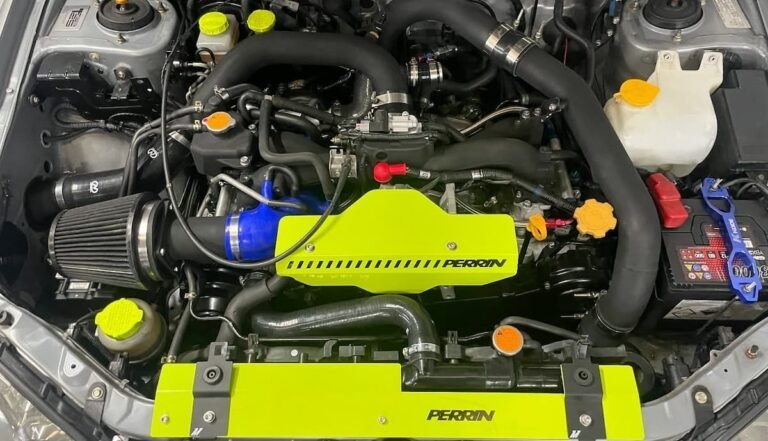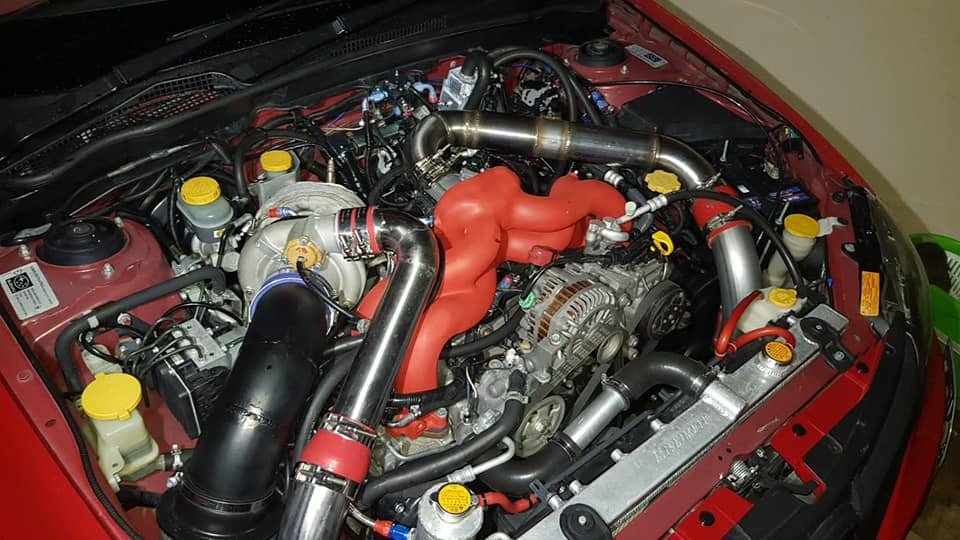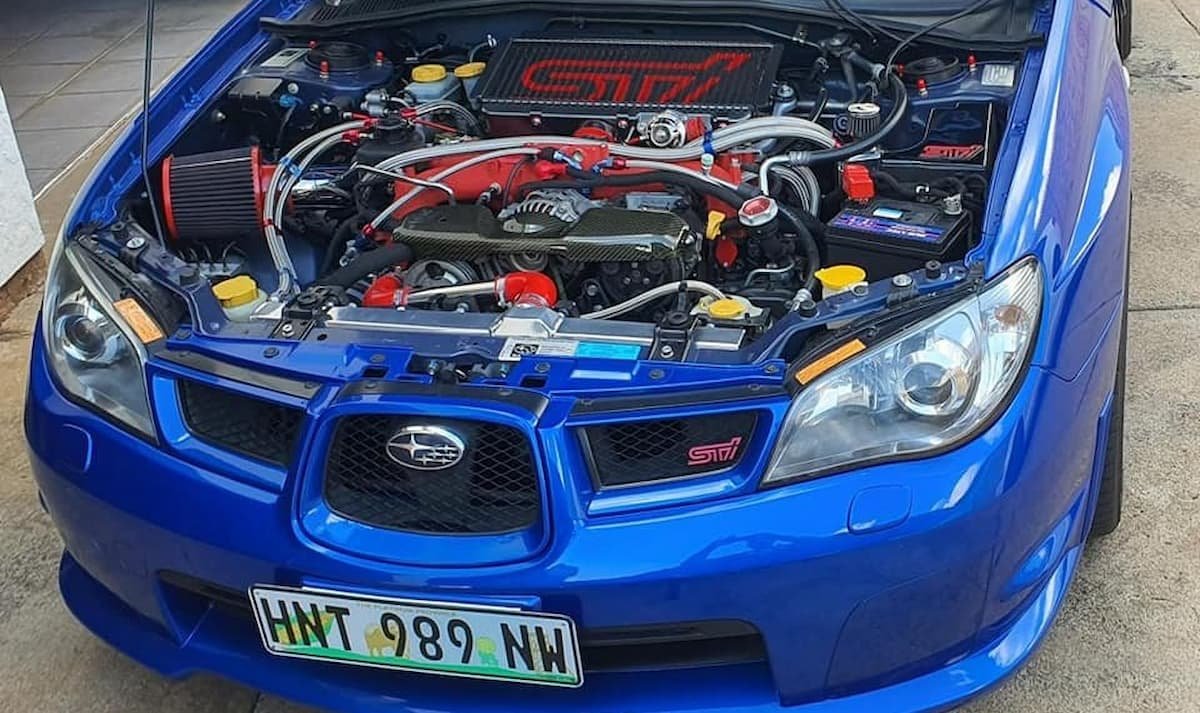Subaru Remapping & Tuning Stages, Explained
Tuning a Subaru WRX, STI, or turbocharged Forester can transform a good car into something truly special. But without the right guidance, it’s easy to get lost in endless forum debates and end up wasting money. I’ve spent over 12 years tuning Subarus exclusively, from daily drivers to 750BHP track builds. What follows isn’t just theory—it’s the same staged approach I apply to my own cars and my customers’ projects.
In this guide, I’ll walk you through the fundamentals of Subaru tuning, from ECU remapping to supporting upgrades, and explain why these cars respond so well to careful calibration.
Why Subaru engines can make big power
Subaru’s horizontally opposed “boxer” engine lowers the center of gravity, improving handling and balance. It’s compact, smooth, and robust—an excellent platform for performance upgrades.
But are they unreliable? I’m sure you will have heard all the stories and memes. The boxer engine layout of the engine can indeed cause some unwanted issues due to the nature of having cylinders laying horizonally instead of upward. But when you build and tune them correctly, they are just as reliable as their inline and v-configured counter parts.
The turbocharged EJ engines are solid platforms with enormous headroom. With the right calibration, you can safely double their stock power. The trick is progression: starting small, ensuring reliability, and only stepping up when the supporting mods are in place. This is how I protect both drivability and engine longevity.
Stage 1 Tuning for Subarus


If you’re new to tuning, this is where I recommend starting. The goal is to unlock hidden performance safely while keeping reliability front and center.
Cat-back exhaust – A freer-flowing system reduces restriction, adds that distinctive Subaru sound, and unlocks modest gains when paired with a remap.
Downpipe upgrade – The stock downpipe is one of the biggest bottlenecks. Once upgraded and tuned properly, it transforms drivability and turbo response.
ECU Remap – This is the single most important first step. Subaru’s factory map is conservative and leaves power untapped. A bespoke remap refines fueling, ignition timing, and boost control to suit your specific car. Even on a stock setup, customers often notice smoother drivability, stronger mid-range torque, and improved fuel economy.
- Boost monitoring – Before adding parts, you need visibility. A simple boost gauge helps you track what the engine is doing and spot potential problems early.
At this stage, the remap is what ties everything together. I never use generic files—every calibration I create is tailored to the individual car.
Stage 2: Bigger Power, Still Road-Friendly


Once the intake and exhaust are flowing properly, we can start to target serious gains. Here, the focus is on matching hardware with a carefully developed calibration. I’ve tuned countless Subarus at this stage—cars that are still streetable but hugely more capable on the road or track.
Briefly, Stage 2 Subaru tuning involves the following:
- Headers and up-pipe – Improve turbo efficiency and reduce lag.
- Fuel system upgrades – Larger injectors and pumps are essential once we push past stock limits.
- Intercooler – A larger top-mount or front-mount helps maintain safe intake temps.
- Turbo upgrades – This is where my own TBTC turbos come in. They’re direct-fit options that I’ve designed specifically for Subarus, with proven reliability.
Stage 3: Track & Extreme Builds


Beyond Stage 2, we step into specialist builds. At this point reliability and budget become critical considerations.
- Forged engine builds – To handle high boost and big turbos, stronger internals are mandatory. I’ve supported multiple customers through full engine builds, where we spec everything around their goals.
- Large-frame turbos – Options like Garretts or custom builds can take power into the 600+ BHP range, but spool and heat management are key challenges.
Drivetrain upgrades – The WRX gearbox is notoriously fragile at high torque. I often recommend upgrading to an STI six-speed for reliability.
Balancing Power with Reliability
Every one of these builds requires a fully custom map. I apply the same aviation engineering standards I trained in—precision, safety, and attention to detail—to ensure these extreme cars are still calibrated correctly.
It’s easy to chase numbers, but Subarus reward careful tuning. The EJ25, for instance, can safely reach 340–350 horsepower with the right upgrades, but gearbox limits (especially on WRXs) and long-term reliability must always be factored in.
With sensible goals, proper supporting mods, and quality mapping, a Subaru can be both fast and durable.
Performance tuning bridges the gap between stock drivability and the thrilling potential that Subaru builds into its cars. By combining ECU remapping with smart upgrades—whether exhaust, fuel system, or a purpose-built turbo—you can tailor your Subaru’s character to your driving goals.
Want to explore what’s possible for your Subaru? Check out my tuning packages or turbo upgrades, or get in touch directly to talk through your setup.

